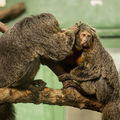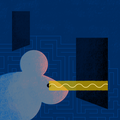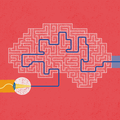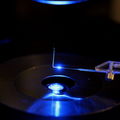The use of animals in research
Aalto university statement on research involving non-human animals
Aalto university only permits the use of animals in research:
- if there is no alternative way to get the data
- if the work minimizes the number of animals used per research study
- if the living conditions and research methods minimize animal suffering and maximize animal welfare
Aalto university only allows work which takes place in facilities, and with techniques that are accredited to international standards and local laws, and are reviewed and approved by the relevant licensing authorities.
– Aalto university research ethics committee
Ethical approval at Aalto University
Aalto University has an operating license for scientific animal research issued by the Regional state administrative agency.
Information about the ethical approval process, including requirements for research involving animals, can be found at the web page How to make an ethics self-assessment in research projects - Aalto support and guidelines
Laws and regulations
Act on the Protection of Animals Used for Scientific or Educational Purposes (497/2013)
Government Decree on the Protection of Animals Used for Scientific or Educational Purposes (564/2013)
Stories about research involving non-human animals
A selection of news articles about our research involving non-human animals
Scientists develop a sound device to allow monkeys living in a Finnish zoo to play sounds and music
The use of sounds is a promising way to improve the life and wellbeing of animals living in captivity

Finding your way in the dark depends on your internal clock
Surprising results show how circadian rhythm changes the way mammals can see

Studying vision in pitch-darkness shines light on how a mammal’s brain drives behaviour
Neuroscientists link mammalian behaviour to its underlying neural code at the unprecedented resolution of individual nerve impulses for the first time.

Measuring forces of living cells and microorganisms
Force sensors to study living cells and microorganisms with extraordinary precision







